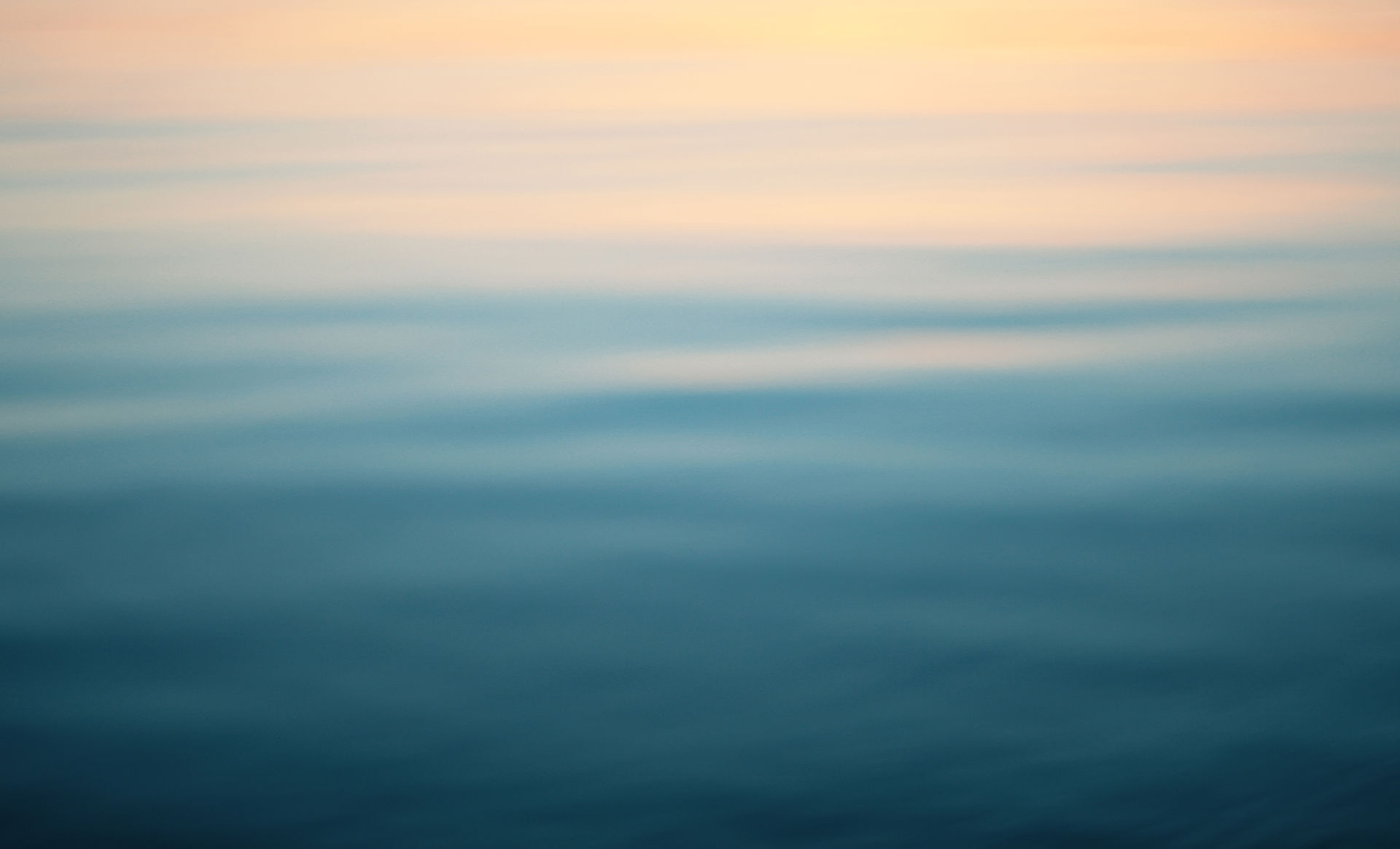
ANILAO BATANGAS REEFBUD SHOWCASE
The reefs of two municipalities (Mabini and Tingloy) have been negatively affected by a variety of human impacts including overfishing, sedimentation, shoreline development, boat anchor and diver damage, and illegal forms of fishing. Solandt et al. (2002) concluded that the main threats to the reefs were inadequate waste/sewage disposal and overfishing, and the reefs still show signs of algal overgrowth in places, likely caused by both nutrient over-enrichment and removal of herbivorous species of fish, and broken coral from dynamite blast fishing, typhoons, and anchor damage. The presence of the tourism industry has led to an increased risk to the reef caused by the high volume of divers visiting the various dive sites. However, the tourism industry has played an important part in promoting and assisting efforts to establish and manage the MPAs of Mabini.
Tourism, especially dive tourism, has been frequently promoted worldwide as an economically viable, and often preferable, means to shift the focus of coral reef exploitation from an extractive to a non-extractive form of use.
The municipality of Mabini is located on the Calumpan Peninsula,province of Batangas along the southwestern edge of Luzon, and is surrounded on both sides by two major bays; Balayan Bay to the north and western side of the peninsula and Batangas Bay to the east. The first integrated coastal management (ICM) projects in the region were started in 1988 by the Haribon Foundation, whose surveys in the area showed a decline in fish abundance and overall health of the reefs. In conjunction with Dr. Alan White, their work led to the establishment of the Mabini Marine Reserve (356 hectares) by municipal ordinance in 1991, covering the entire coastline of barangays Bagalangit and San Teodoro to a distance of 700 metres from the shore, and the creation of three marine sanctuaries located along the southwesterly facing tip of Mabini in the barangays of Bagalangit and San Teodoro; Cathedral Rock (22.9 ha), Arthurs Rock (17.9 ha), and Twin Rocks (15.3 ha). All three sanctuaries are declared no-fishing zones, although non-destructive methods of fishing are allowed in other parts of the marine reserve. Diving and snorkeling was also originally prohibited within the sanctuaries, but due to the importance of the dive industry in the region this regulation was never enforced as strictly as the no-fishing regulations.
Click the picture below for videos.
